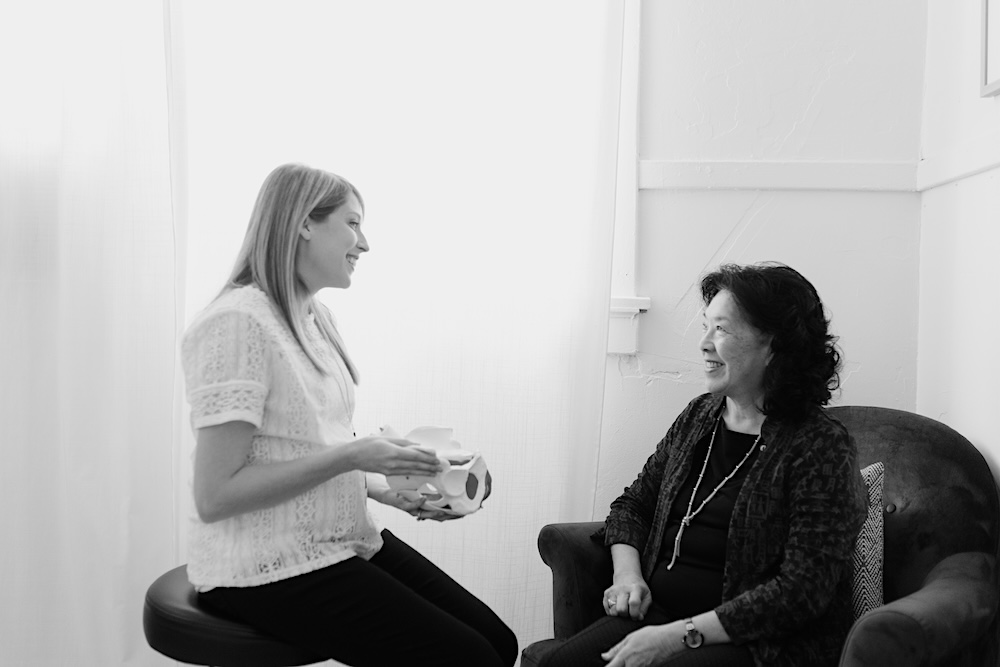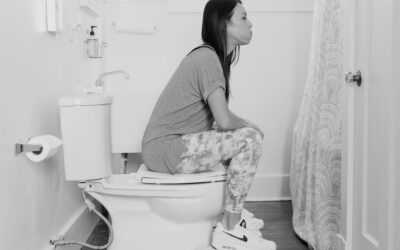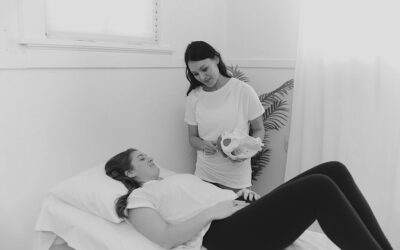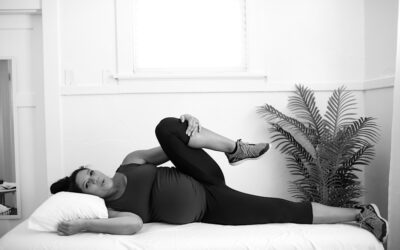As women age, plenty of changes happen down there. When you finally stop having a period, you might jump for joy… right up until a new not-so-fun symptom shows up. It’s time to start thinking about bladder control and menopause.
You just can’t hold your pee like you used to.
So what’s the deal?
Do you have a UTI? Probably not.
Did your bladder get smaller? Unlikely.
Is this just your new normal? Hell to the no.
While bladder control and menopause problems can go hand-in-hand, purchasing pantyliners in bulk doesn’t have to be a given!
Here’s everything you need to know about your changing urinary habits.
Menopause and Hormone Changes
Perimenopause is the time period leading up to menopause. Menopause occurs when you haven’t had a menstrual cycle for 12 consecutive months, meaning you’re no longer ovulating as your finite amount of egg reserves are rapidly depleting.
During perimenopause and menopause, your body’s hormones shift a lot. Estrogen decreases to virtually nothing as does testosterone. This can lead to all the challenging symptoms perimenopause and menopause have to offer.
But why can’t you hold your pee?
The medical term for “inability to hold pee” or “involuntary leakage of urine” is urinary incontinence. Stress incontinence and overflow incontinence are two different type of incontinence. These types of urinary incontinence can often be accompanied by urge incontinence or urinary urgency, that feeling of a sudden urge that comes almost out of nowhere and can lead to urinary leakage.
Genitourinary Syndrome of Menopause
All this pee trouble is just one of many symptoms of genitourinary syndrome of menopause (GSM)—the various genital, sexual, and urinary symptoms that often accompany menopause.
And, once again, we can blame hormonal changes for making urinary function less predictable. Decreased estrogen weakens the bladder walls and increases irritation to the genitourinary system, leading to more frequent urinary tract infections (UTIs).
Changes in testosterone can also impact urinary function. When the pelvic floor muscles weaken, they aren’t able to support the bladder and urethra as well as they once did. And all that bladder pressure can lead to some serious urinary leakage.
What happens if you leave incontinence untreated?
TL; DR: Don’t do that.
People often attempt to resolve incontinence by holding their pee as long as they can. But that’s no good for your parts. In the short-term, waiting to pass urine can lead to pain and discomfort in the bladder or kidneys. In the long-term, ignoring your bladder control and menopause problems puts you at greater risk for:
- UTIs
- Bladder wall stretching
- Kidney stones
- Nerve damage
- Pelvic floor muscle tension
- Continued and worsened urinary incontinence
Bladder Control and Menopause: How to Treat Incontinence
For starters, be sure you know how to pee properly. Then, layer on these specific strategies to decrease menopause-related incontinence.
#1 Stabilize your hormones.
Focusing on whole-body health can help stabilize your hormones and decrease menopause-related urinary urgency and incontinence over time. Focus on eating a diet of whole, unprocessed foods, sleeping well, moving your body, and decreasing stress.
Hormone replacement therapy (HRT) is another common treatment option for menopause-related pelvic floor dysfunction, like urinary incontinence. Talk to your medical provider about hormone supplementation during perimenopause and menopause.
#2 Stay hydrated.
If you’re having trouble controlling your overactive bladder, you may be inclined to leave your Stanley cup at home.
But drinking enough water throughout the day keeps your muscles and tissues hydrated, dilutes your urine, and helps maintain your body’s signals. To pee less, drink more. (Bodies are weird, right?) Any amount of urine should be almost clear or a light yellow if you are well-hydrated.
#3 Avoid bladder irritants.
Alcohol, caffeine, and smoking can all irritate your bladder and cause more frequent urges that leave you sprinting for the bathroom. Limit your intake of these if you know a bathroom will not be easily accessible, and decrease consumption of them to significantly help decrease urges.
#4 Strengthen your pelvic floor and core.
Ultimately, the best way to bring back bladder control is to strengthen your pelvic floor muscles. (But sometimes relaxation needs to happen first. Check out my free self-assessment to find out what your pelvic floor needs!)
Try these exercises to help strengthen your pelvic floor and decrease urinary incontinence in menopause.
Diaphragmatic Breathing
Breathing correctly, especially while exerting force, is important for managing the bladder pressure you’re creating while exercising.
- Lie on your back with your knees bent.
- Put one hand on each side of your rib cage.
- Deeply inhale, inflating your ribcage as if it’s opening like an umbrella.
- Slowly exhale.
- Allow one breath to flow smoothly into the next.
- Repeat for 10-20 breaths.
Kegels
Kegel exercises are one of the most popular pelvic floor strengthening exercises out there. But they’re really easy to get wrong.
Follow these step-by-step instructions to get the most from your movements.
- Get in a sitting position with your pelvic floor muscles relaxed.
- Inhale.
- On your exhale, lift your pelvic floor muscles like you’re sipping up a thick smoothie with your vagina. Be careful not to use your abdomen, thighs, or butt.
- Hold for 3 seconds, then relax.
- Repeat for 10 reps.
(Kegels are a foundational exercise for strengthening your pelvic floor. If attempting them on your own feels daunting, these pelvic floor trainers might help!)
Squats
- Start in a standing position with your feet a little wider than hip-distance apart.
- Do a Kegel contraction then exhale as you squat down and stand back up.
- As you squat, think about sticking your butt back, as if you’re tapping a chair behind you.
- Keep your pelvic floor contracted through the entire squat.
- Release at the top, re-contract (do another Kegel), and squat again.
- Repeat for 3 sets of 10.
Bridges
- Lie on your back with your knees bent and feet flat on the floor.
- Inhale.
- Engage your pelvic floor with a Kegel contraction, then engage your core and pull your belly button in toward your spine.
- Push your hips off the floor, aligning them with your knees and shoulders.
- Hold for 3 breaths.
- Repeat 5 times.
How to Suppress Your Urge to Pee
If you find you really gotta go, but you’re nowhere near a bathroom, try suppressing your urge to urinate by:
- Distracting yourself to take your mind off the sensation.
- Doing heel raises to activate a similar part of your brain.
- Taking big, deep breaths to quiet your nervous system.
- Performing kegel contractions to activate your pelvic floor & bladder muscles.
Absorbent clothing, like cotton underwear with an organic cotton liner is also a great just-in-case until your pelvic floor is able to handle your bladder needs.
Peace out, pantyliners.
Committing to just three, 10-minute pelvic floor workouts every week can make your pelvic floor problems a thing of the past.
But what in the world do pelvic floor exercises even look like? That’s what the V-Hive Membership is all about. For one low monthly fee, you can access eight complete at-home workout programs that can help you prevent or overcome the most common pelvic floor problems.
Find everything the V-Hive offers here! (I’ll even give you a week for free.)





